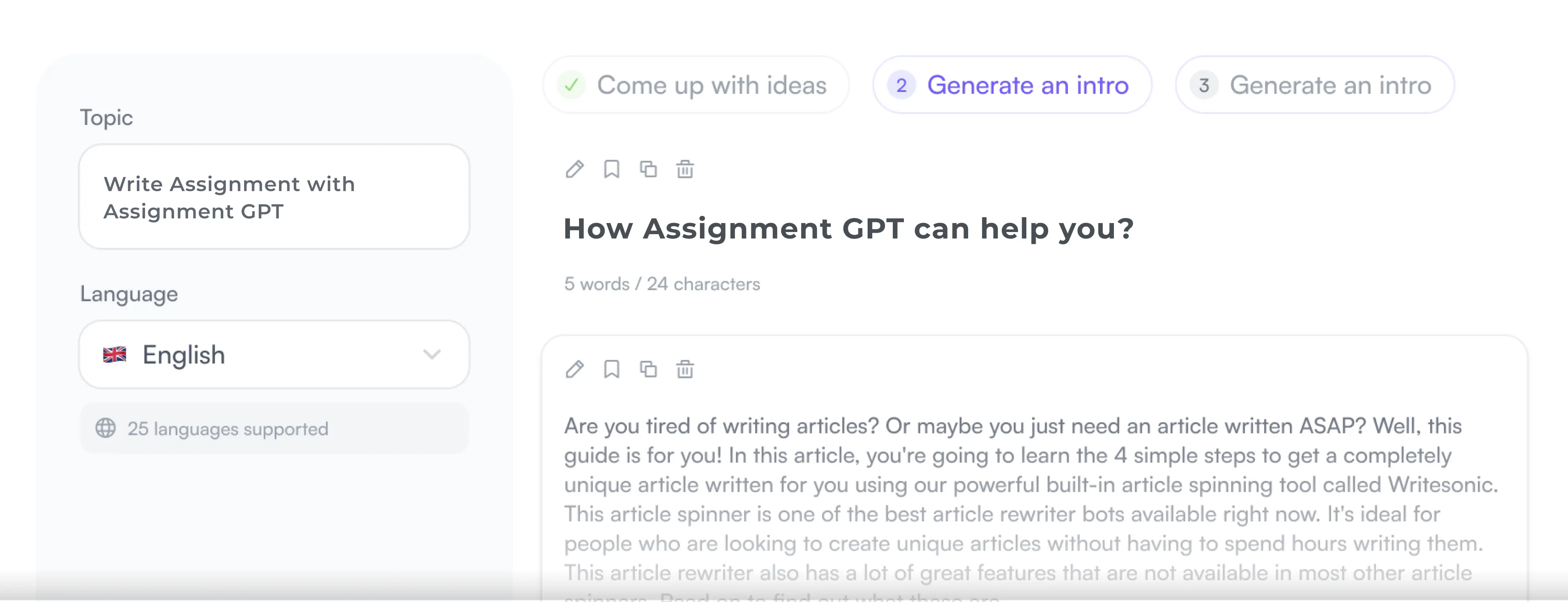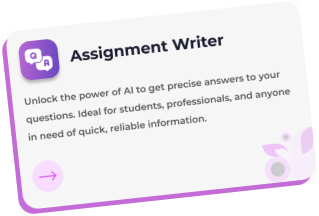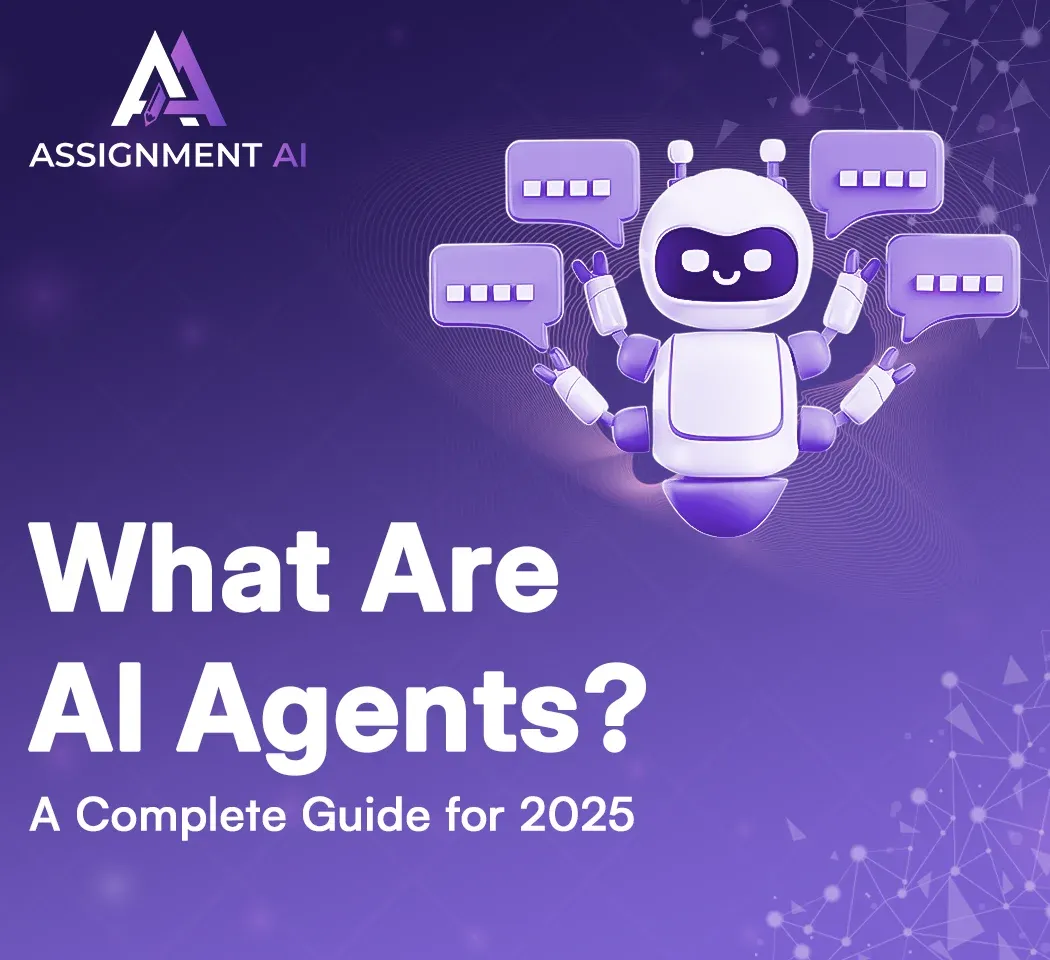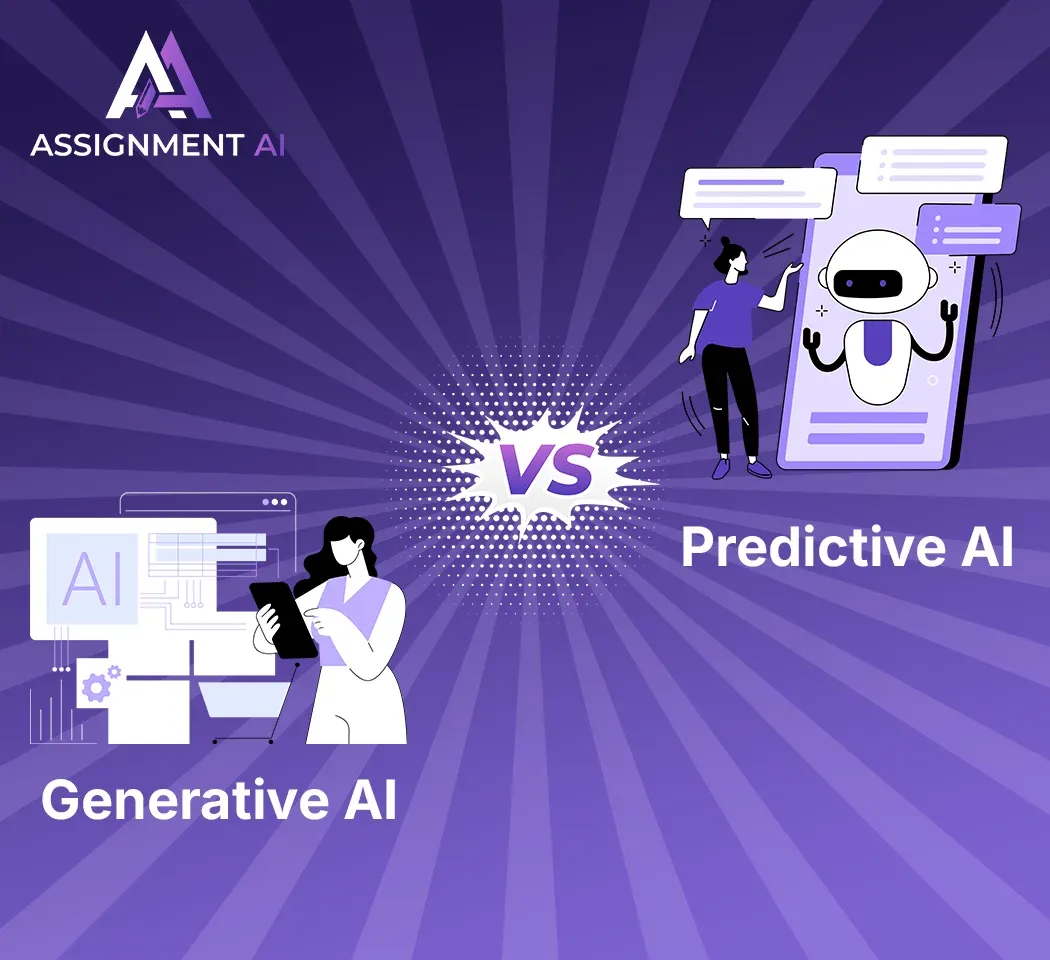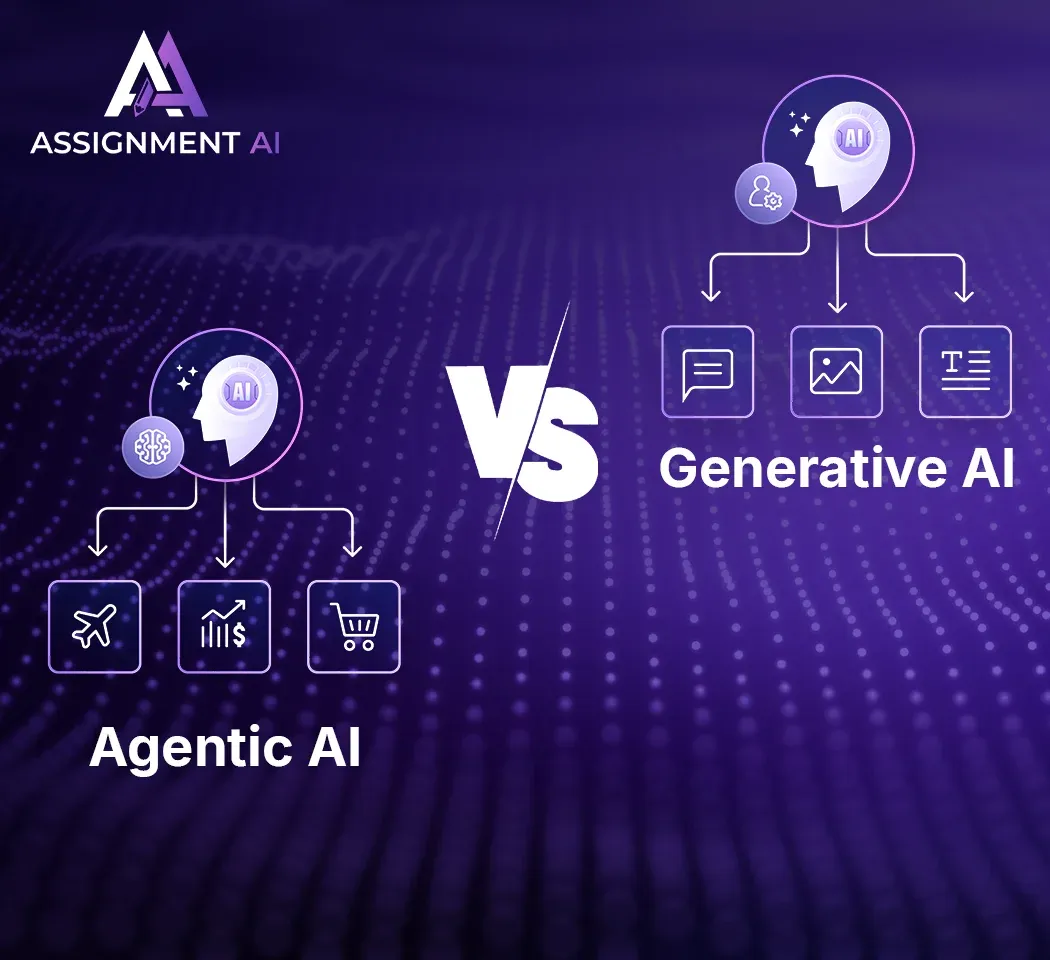AssignmentGPT Blogs
AI can understand.
AI can help in solving the problem.
AI can spark creativity in many ways.
AI does almost everything.
Claude Sonnet does all those things as well.
It feels like users are talking to a helpful assistant. This tool has so many advancements happening in artificial intelligence. It is hard to keep up with all the cool new tools.
Claude 3.7 Sonnet is an advanced AI model developed. It is to understand, reason and interact in ways that traditional AI could not. It is a huge upgrade from its predecessors like Claude 3.5 Sonnet and Claude 3 Opus. This tool is used by developers, content creators and business owners as they understand the ins and outs of Claude 3.7 Sonnet. Users can make the most of this tool.
Quick Summary
In this blog, we will understand in depth what Claude 3.7 Sonnet is, its features, capabilities, limitations and why it could be the next big thing in artificial intelligence.
What is Claude?
Before understanding specifics of Claude 3.7 Sonnet, let’s understand the basics first.
Claude is a series of large language models. It is developed by Anthropic. It is a company focused on building AI systems that are safe, aligned and useful. Claude is named after Claude Shannon. He is the founding figure in information theory. The Claude series represents some of the most sophisticated AI technology present out there today.
Claude is designed to process language, understand context and provide useful responses like ChatGPT and other AI models. Claude is designed to process language, understand context and provide useful responses. Claude differentiates itself in its core philosophy. Anthropic’s Claude aims to build a model that is intelligent, safe and ethical in how it interacts with users.
What is Claude used for?
Claude is incredibly versatile. This tool can be used for various tasks. Those tasks include but not limited to:
Coding assistance
Creative writing
Customer support
Data analysis
Content moderation
Decision-making assistance
If it involves working with language, Claude is likely equipped to handle it. It helps with everything from simple Q&A to complex problem-solving tasks. These capabilities complement existing AI content creation tools by offering advanced reasoning and context understanding.
Different Types of Claude’s Model
The Claude series has had several iterations. Each improving on the last. Here’s a quick look at some of the versions that have come out:
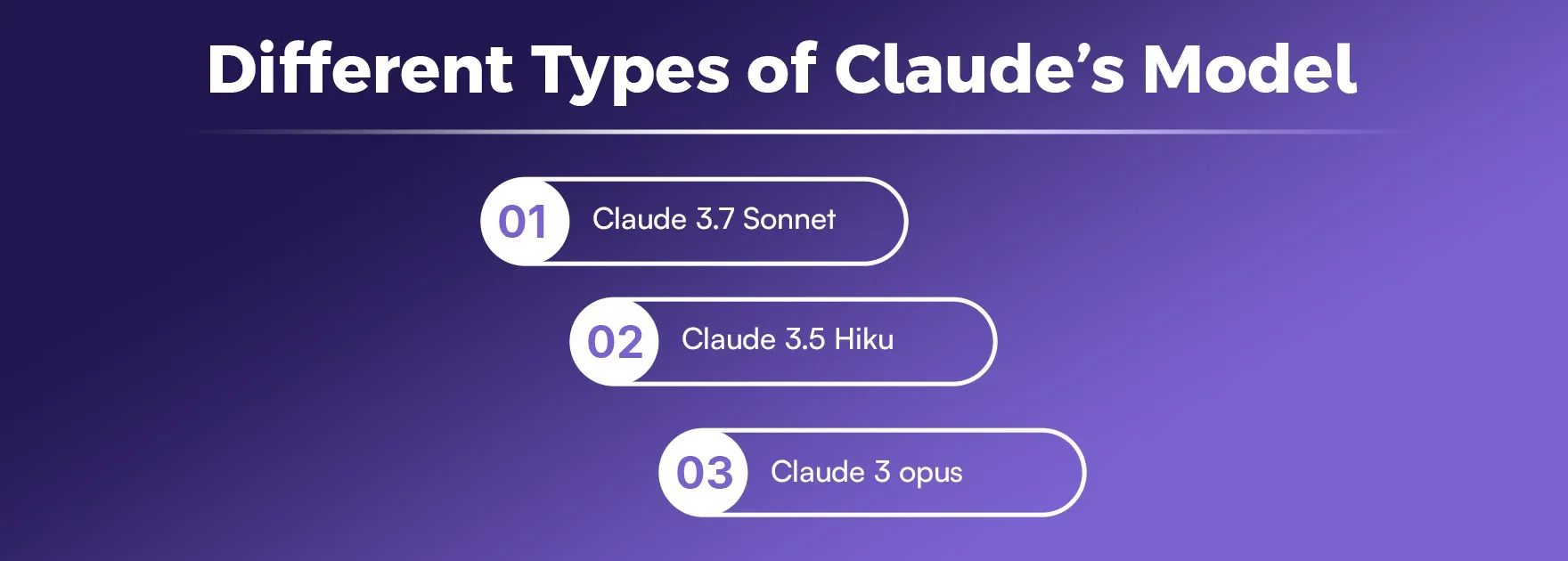
1. Claude 3.7 Sonnet
This is the latest and greatest iteration in the Claude series. It offers substantial improvements over previous models.
2. Claude 3.5 Hiku
This was released before Claude 3.7. This version was more focused on quick responses and clarity. That also with decent capabilities in various domains but not as robust in certain complex tasks.
3. Claude 3 Opus
This is an earlier version with significant functionality. But a bit more limited in reasoning and deep learning capabilities compared to Claude 3.7 Sonnet.
Also read this article : DeepSeek R1
What Is Claude 3.7 Sonnet?
Now let’s talk about Claude 3.7 Sonnet.
This latest model is designed to be more advanced, intuitive and flexible compared to its predecessors. It can handle more complex tasks with a deeper understanding of context and logic. It helps you with coding challenges, content creation and nuanced reasoning. Claude 3.7 Sonnet offers higher precision and better overall performance. It is optimized for a broad range of use cases from highly technical environments to creative problem solving.
What Can Claude 3.7 Sonnet Do?
1. Coding
The standout or unique feature of Claude 3.7 Sonnet is its ability to write. Along with that it can debug and explain code. This tool is used by beginners as well as experienced developers. Claude 3.7 Sonnet can generate code snippets, suggest optimizations and help users in understanding why a piece of code works or does not work. It is very useful for software engineering and coding tasks.
2. Reasoning
Claude 3.7 Sonnet can reason through problems, apply logic and think critically. That also goes beyond just regurgitating facts. This means it does not just give answers but explains its thought process. It helps users in understanding the "why" behind solutions. This reasoning ability demonstrates how AI tools can think and write like humans with increasingly sophisticated logic and clarity. This is especially useful for applications in legal summarization. Along with that it is useful in decision making and problem solving.
Use Cases of Claude 3.7 Sonnet
Let’s look at some practical ways Claude 3.7 Sonnet can be used in various industries:
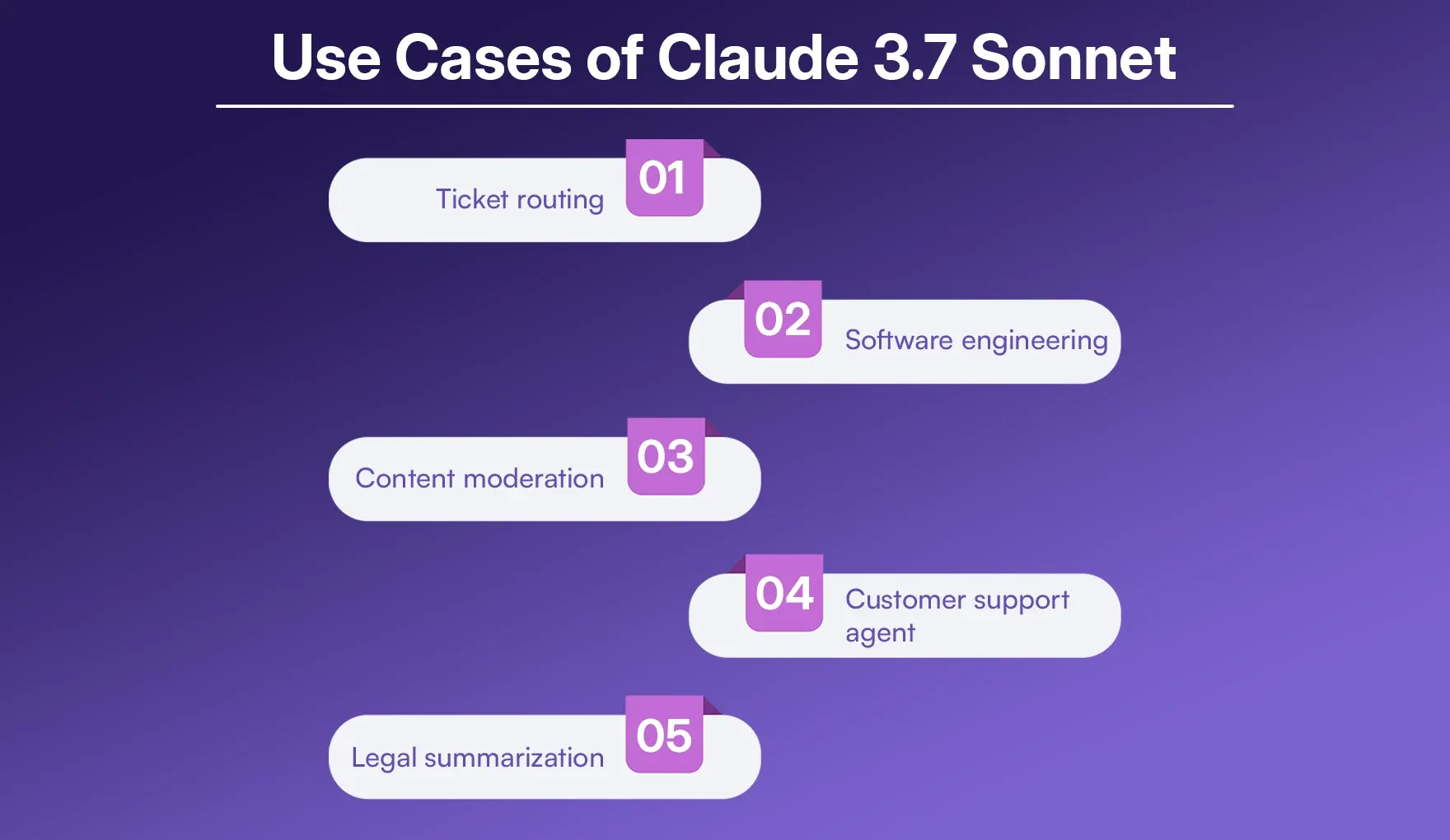
1. Ticket Routing
Claude 3.7 Sonnet can help routing customer support tickets to the right department or agent in customer service automatically. It can determine the best course of action by understanding the context of the request. This improves response times and customer satisfaction.
2. Software Engineering
Claude 3.7 Sonnet excels in coding and debugging as mentioned earlier. It can assist with code generation. Along with that it assists with bug detection and refactoring code. This is to improve efficiency for software engineering teams.
3. Content Moderation
Moderating content on websites or social media platforms requires a deep understanding. That also of language and context. Claude 3.7 Sonnet can be used to detect harmful content, hate speech and inappropriate material. This makes sure that online environment is safer.
4. Customer Support Agent
It can act as a 24/7 virtual assistant. It helps in answering customer inquiries, troubleshooting issues and handling complex requests. The AI model’s reasoning and context awareness make it highly effective. It is effective in providing accurate and timely responses.
5. Legal Summarization
Legal documents can be long and complicated. Claude 3.7 Sonnet can help legal professionals. It is done by summarizing complex legal text. This highlights key points. It even makes sure that no critical information is missed.
Difference Between Claude 3.7 Sonnet and Claude 3.5 Sonnet
Let's see how Claude 3.7 Sonnet stacks up against Claude 3.5 Sonnet.
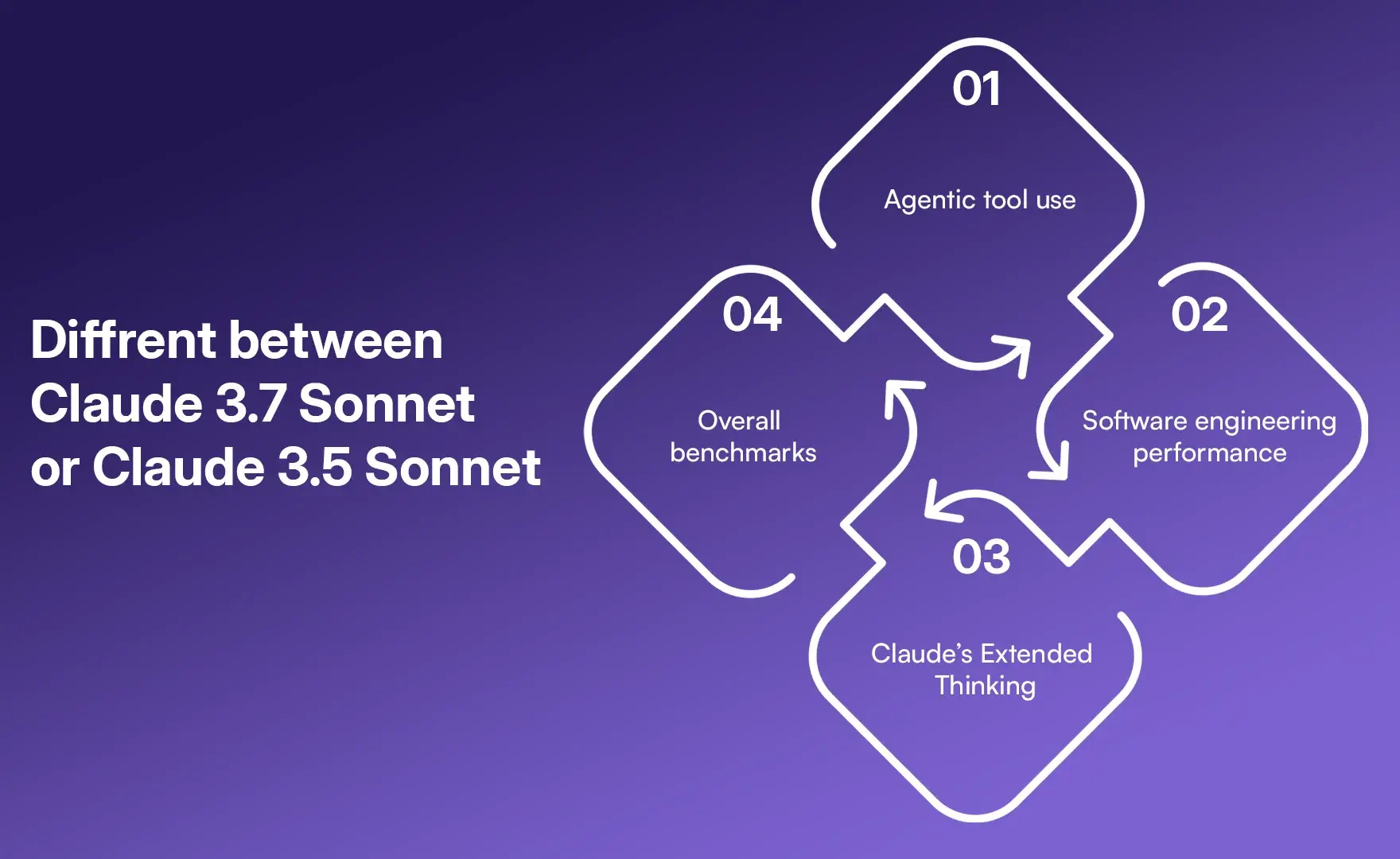
1. Agentic Tool Use
Claude 3.5 Sonnet was decent at handling structured tasks. Claude 3.7 Sonnet offers an upgraded performance in agentic tool usage. This means that Claude 3.7 Sonnet is better at making decisions. It is also based on the tasks it is given. That also without needing as much handholding.
2. Software Engineering Performance
Claude 3.7 Sonnet performs better by understanding complex code structures. It helps in suggesting optimizations and debugging. That also with more precision compared to Claude 3.5 Sonnet. It had more limited coding capabilities in coding tasks.
3. Claude’s Extended Thinking
One of the biggest upgrades in Claude 3.7 Sonnet is its extended thinking ability. It can tackle more complex scenarios. It requires deeper reasoning and sustained focus. This is something Claude 3.5 Sonnet struggled with.
4. Overall Benchmarks
Claude 3.7 Sonnet outperforms its predecessor by a wide margin. It is in terms of overall benchmarks. It helps from natural language understanding to problem solving. This latest version handles more intricate tasks with higher accuracy.
Read More : Differences Between ChatGPT 4 vs 4o?
How to Access Claude 3.7 Sonnet?
1. API Access of Claude 3.7 Sonnet
Anthropic provides an API. That API allows access to its full range of capabilities. It is for developers and businesses. It is because they want to integrate Claude 3.7 Sonnet into their applications. This API is designed for scalability and efficiency. This makes it suitable for applications of enterprise level.
2. Web and App Access of Claude 3.7 Sonnet
Claude 3.7 Sonnet is accessible. It is accessible through web-based platforms. It is also accessible through apps for general users. It allows individuals to interact with artificial intelligence. It is for various tasks. Those tasks are directly from their devices.
What Are the Benchmarks of Claude 3.7 Sonnet?
1. Coding and Agentic Tool Use
When it comes to coding, Claude 3.7 Sonnet excels in generating and debugging. Along with that it explains code. It also stands out in its ability. Its ability is to make decisions based on the context of a project. It is all because of its improved agentic tool use.
2. Reasoning and Math
Claude 3.7 Sonnet is much better at breaking down complex problems. It provides step by step solutions in reasoning tasks. It helps in solving math problems, logic puzzles and theoretical reasoning. It handles them with precision.
Limitations of Claude 3.7 Sonnet
Claude 3.7 Sonnet is advanced and robust. But this tool also has its limitations. Those limitations are:
1. Bias in Data
It is trained on large datasets like any AI. It may contain biases that the model could reflect.
2. Understanding Nuance:
It can still miss the nuance that a human might catch. Even though it is better at reasoning than earlier models.
3. Resource Intensive:
Using Claude 3.7 Sonnet can take up a lot of resources. Especially when working on big tasks or projects.
Conclusion
Claude 3.7 Sonnet is advanced, fast and seriously smart. It helps in coding, solving complex problems and more. It tries to make your customer support smoother. Claude 3.7 Sonnet is built to help. This one is like an upgrade on steroids if it is compared to Claude 3.5. It has better thinking, smarter tool use and stronger performance overall.
But it is not perfect. It still has some limits. It is improving fast. It is already making growth in tech, customer service, law and more. Users should give Claude 3.7 Sonnet a chance by trying it once.
FAQs
1. What makes Claude 3.7 Sonnet different from earlier versions?
2. Can I integrate Claude 3.7 Sonnet into my applications?
3. Is Claude 3.7 Sonnet ideal for customer support?
4. Are there any major limitations with Claude 3.7 Sonnet?
Content writer at @AssignmentGPT
Kandarp’s world is powered by conversations, content, and creativity. With experience across branding, literature, publishing, and strategy, he has helped shape identities and stories for businesses across industries. At AssignmentGPT AI, he leads a team that blends sharp content, strong design, and local insight to turn businesses into brands that connect with people.
Master AI with
AssignmentGPT!
Get exclusive access to insider AI stories, tips and tricks. Sign up to the newsletter and be in the know!

Transform Your Studies with the Power of AssignmentGPT
Empower your academic pursuits with tools to enhance your learning speed and optimize your productivity, enabling you to excel in your studies with greater ease.
Start Your Free Trial ➤Start your success story with Assignment GPT! 🌟 Let's soar! 🚀
Step into the future of writing with our AI-powered platform. Start your free trial today and revolutionize your productivity, saving over 20 hours weekly.
Try For FREE ➤